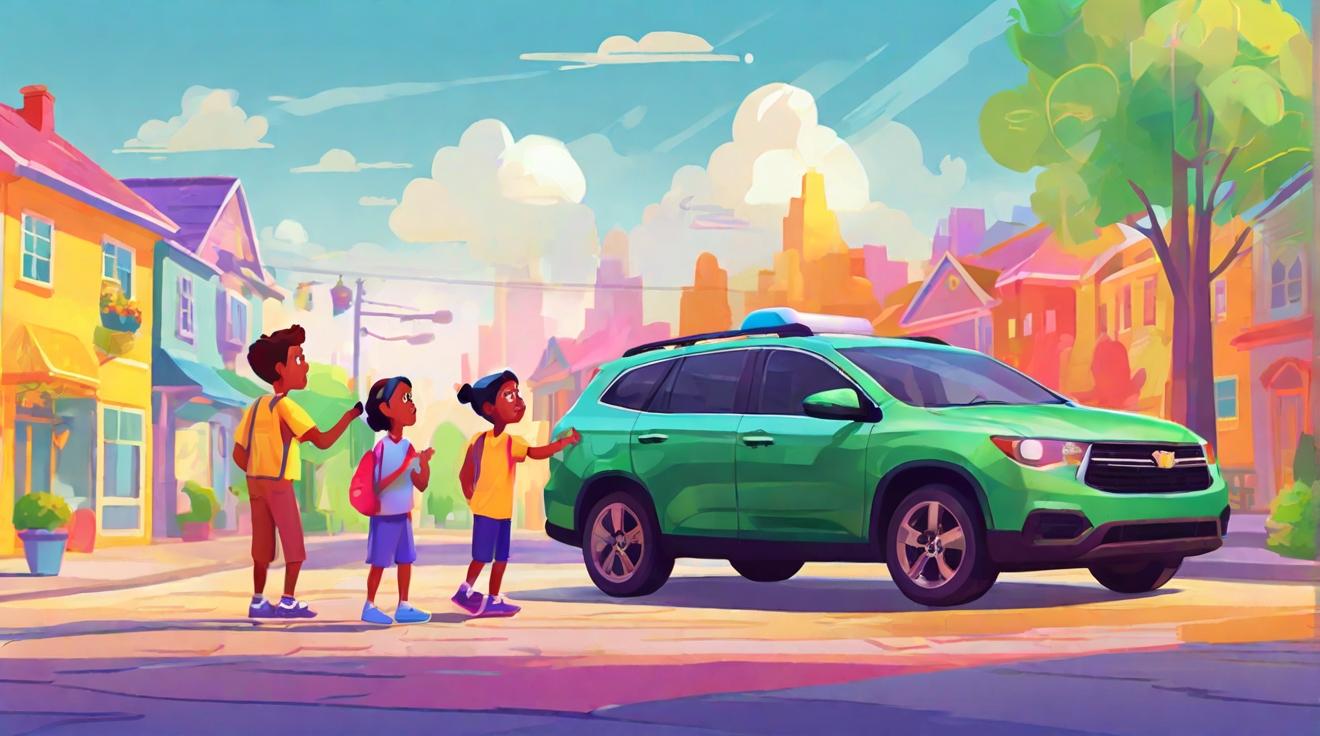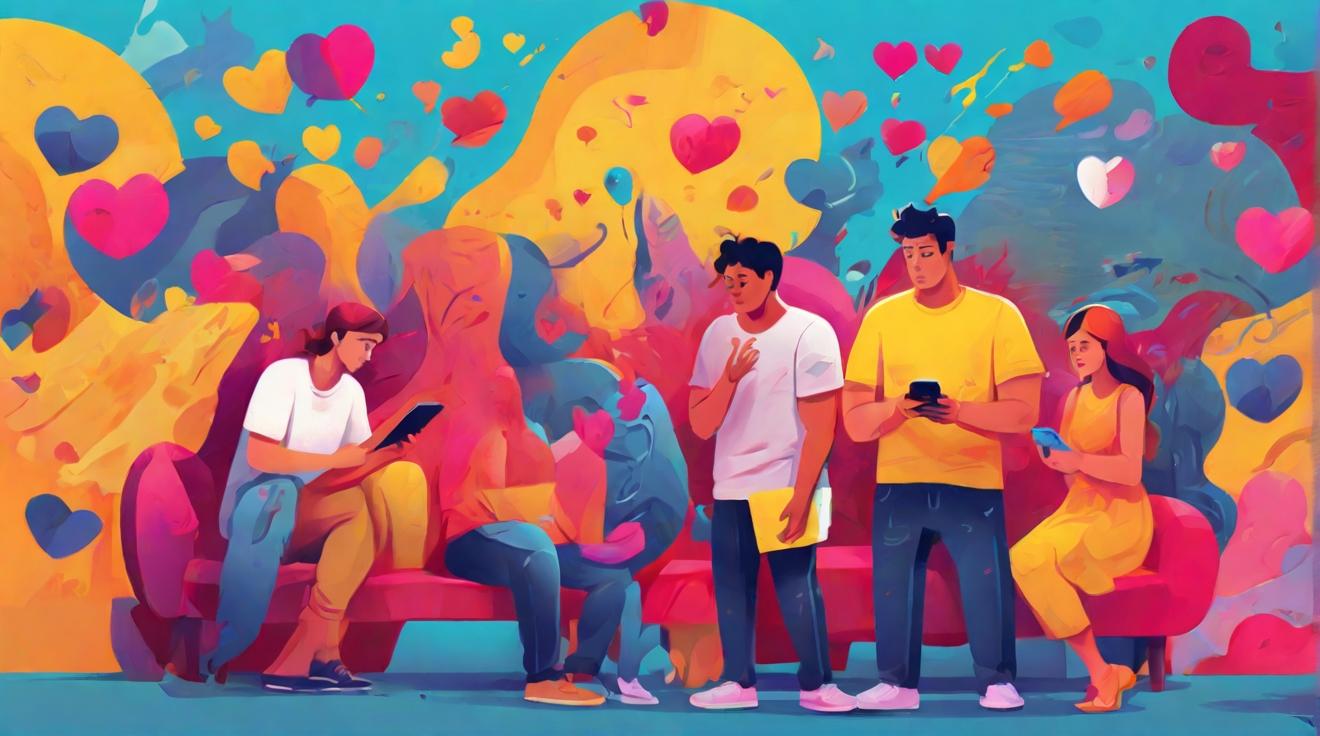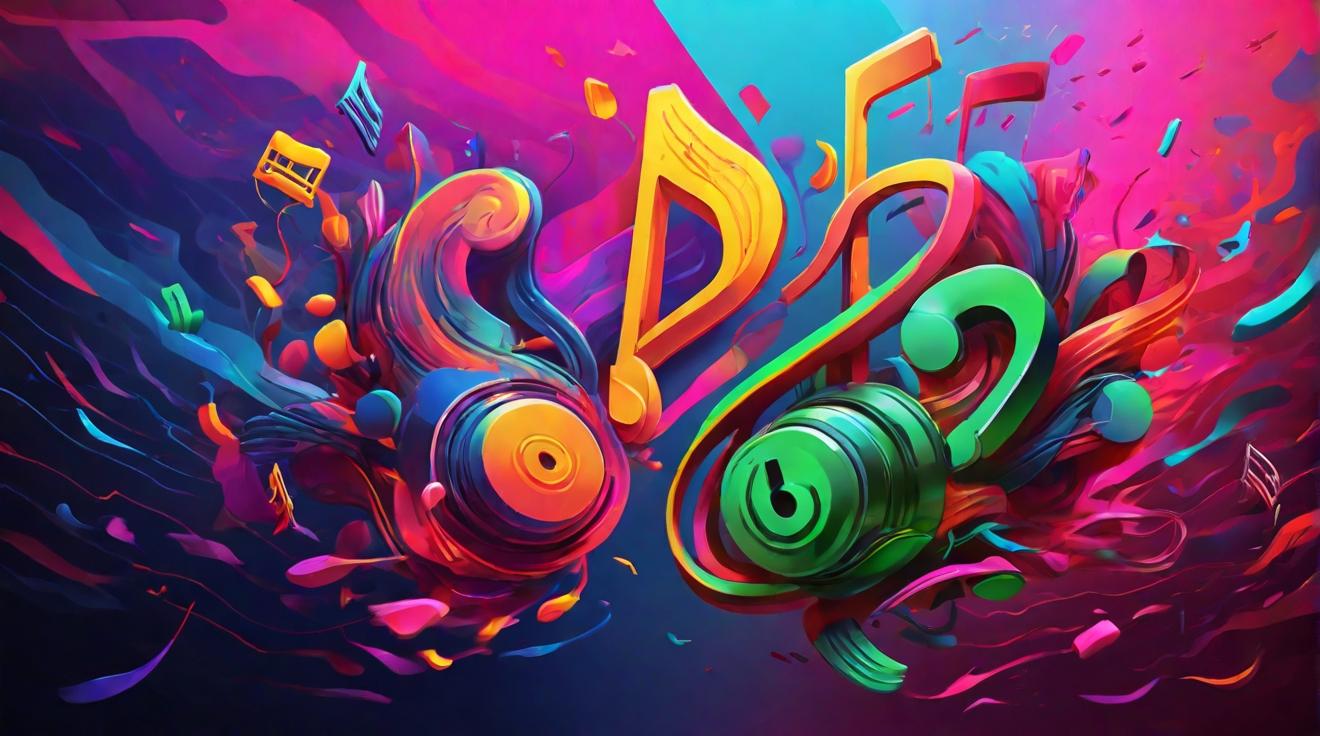Virtual Reality and Music Therapy Show Promise in Treating Stroke Patients with Visuospatial Neglect
Did you know that nearly one-third of stroke survivors face a challenging condition known as “neglect”? This neurological disorder, also known as visuospatial neglect (VSN), significantly impacts a stroke survivor’s rehabilitation, affecting their motor skills and critical perceptual domains, such as spatial awareness.
VSN is particularly notable as patients struggle to identify objects in areas of their visual field, often on their left side. This condition leads to increased risks of falls and heightened stress for caregivers. Unfortunately, traditional rehabilitation methods have proven tough on both patients and therapists, leading to diagnostic challenges and issues with patient engagement.
In recent research efforts focused on developing treatment solutions, two studies have pointed out the promise of using music therapy and virtual reality (VR) as potential treatments for VSN patients.
Music therapy, specifically a practice known as Musical Neglect Training (MNT), involves patients actively participating in musical exercises. In MNT, patients are instructed to play musical patterns on different instruments, extending to their neglected visual field. This therapy holds the potential to improve the rehabilitation of stroke patients with VSN.
VR has also shown promise in the treatment of VSN. Recent studies have demonstrated its effectiveness in diagnosing and assessing VSN, as well as increasing patient motivation. VR treatment for VSN offers customizable and immersive experiences, allowing therapists to tailor treatment to each patient’s needs.
In one study, researchers found evidence of increased brain activity in neglected regions after using a VR intervention, leading to improvements in saccadic eye movements. Saccadic eye movements refer to rapid eye glances from one point to another, which are crucial for visual scanning and attention. Another study attempted to combine MNT and VR interventions and showed promising initial findings. Patients reported improvements in task performance, suggesting that a combined exercise of VR and MNT could positively impact rehabilitation.
Furthermore, a study currently in peer review found promising results in VSN patients’ engagement and positive feedback while using a custom-made VR application for treatment. The study also highlighted how audio cues may improve task response time for VSN patients.
These studies shed light on the future of tailored rehabilitation for stroke and neglect patients. By utilizing music therapy and virtual reality, therapists can provide personalized and immersive experiences that can enhance the rehabilitation process.
Andrew Danso, Ph.D., a postdoctoral researcher at the Music Therapy Centre of Excellence in Music, Mind, Body, and Brain at the University of Jyväskylä in Finland, believes that these findings are promising steps towards the ongoing development of rehabilitation treatments for stroke and neglect patients.
Disclaimer: This article is for informational purposes only and does not constitute medical advice. Please consult with a qualified healthcare professional for personalized treatment options.
Analyst comment
Positive news. Short-term market impact: The market for virtual reality and music therapy in stroke rehabilitation is expected to grow as these studies highlight the effectiveness of these treatments in addressing visuospatial neglect. Increased adoption of these therapies is likely, benefiting companies in these sectors.













